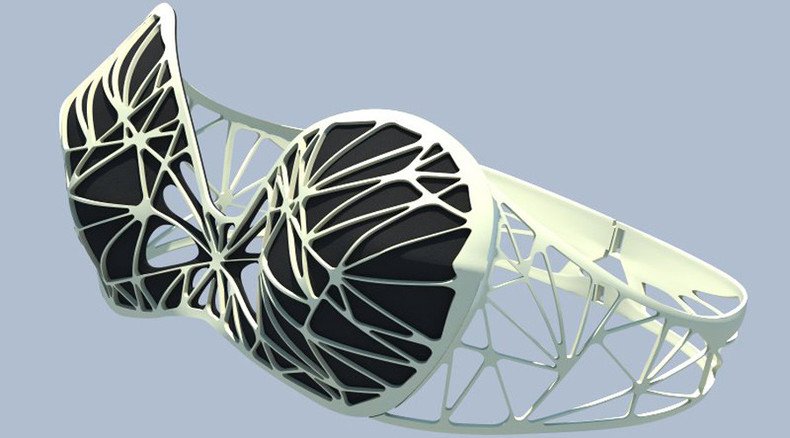Ocean-saving bikini? New swimsuit can clean water as you swim

A swimsuit that can clean water as a person swims has been developed by scientists in California. The eco-beachwear is made of a material that can absorb up to 25 times its own weight in pollutants.
The material, dubbed Sponge, has been created by University of California, Riverside engineers. It is derived from “heated sucrose, a form of sugar” and has a “highly porous structure that is super hydrophobic, meaning it repels water, but also absorbs harmful contaminants,” the university press release said.
“This is a super material that is not harmful to the environment and very cost-effective to produce,” said Mihri Ozkan, an electrical engineering professor at UC Riverside’s Bourns College of Engineering, one of the developers of the material.
The engineers made the material in the form of the bikini and encapsulated it “in a net-like cage made of 3D-printed elastomer that forms to the body.” The material can also be made into bathing suits, swimming caps and wet suits.
According to the University of California, the Sponge is able to absorb “up to 25 times its own weight” and it won’t release the absorbed materials “unless it is heated at a temperature exceeding 1,000 degrees Celsius.”
Those who decided to wear such a bikini to protect the environment may not fear for their health – the contaminants will be stored in the inner pores of the material and, thus, they wouldn’t touch the skin.
The Sponge material can be reused 20 times “without losing its absorbency,” said the researchers. Pads can be changed and the old ones can be recycled.
Engineers believe the material could also be used in airplane paint and satellites, or as part of electromagnetic shields for such things as unmanned aerial vehicles.












